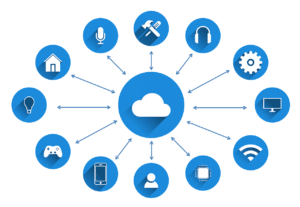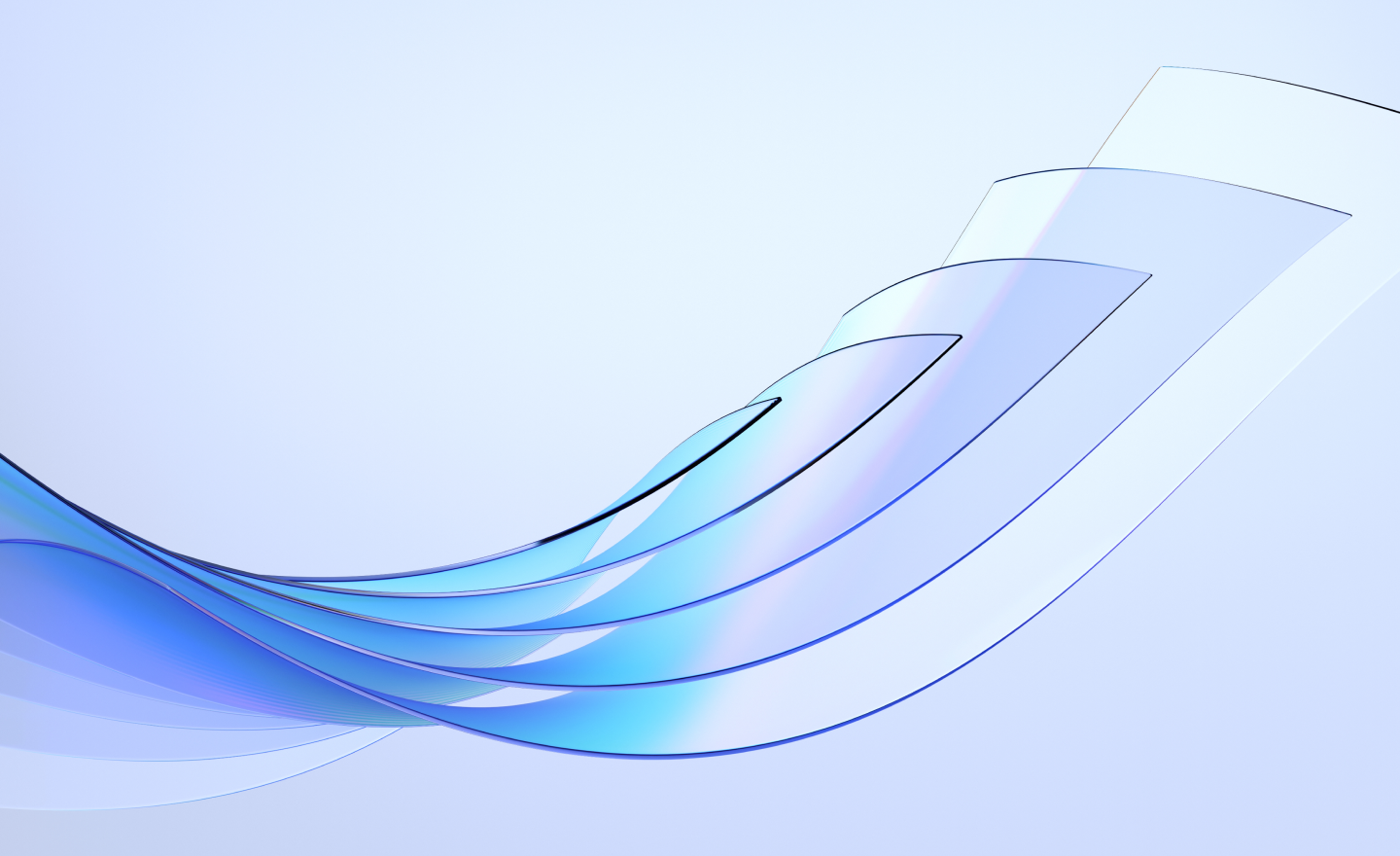A guide to technology jargon
Technology has infiltrated every aspect of business across all industries. Even individuals not employed at a tech firm or don’t work as tech professionals are bound to come across conversations and documentation peppered with technology jargon they don’t understand. Organizations that depend on advanced e-commerce solutions, including manufacturers and distributors, are currently investing in the latest technology solutions to enable and realize digital transformation. This means you might come up against some unfamiliar terms along that journey.
Digital transformation is rife with technical jargon that can obscure matters unnecessarily for those professionals who did not graduate in a technical field. Successful customer experience and commerce projects are crafted by leaders of many backgrounds who may not be familiar with every term. So, by explaining this list of ten common technical terms, we want to help you become proficient in tech-speak and leave those covert Google searches by the wayside.
What is Cloud Architecture?
To understand cloud architecture, you must first understand what “the cloud” is. The cloud is created by software and databases that are located in data centers across the world.
Cloud architecture refers to all the components that make up the cloud, which include:
- A frontend platform (the client-side interface)
- A backend platform (servers and storage)
- A cloud-based delivery model.
- A network, like the internet or an intranet.
A network connects the frontend and backend cloud architecture components, allowing data to be sent between them. Users interact with the frontend where their query is handled.
Note: Cloud architecture is not equal to cloud infrastructure. Cloud infrastructure refers to actual hardware components such as the CPU, graphics processing unit (GPU), network devices, and software. Cloud architecture refers to how all of this is organized, which implies that there are different types of cloud design. These include Public, Private, Hybrid, and Multicloud architecture.
Cloud architecture enables cloud computing which is useful for individuals and companies because they don’t need to have their own physical servers to run software applications on.
What is Monolithic Architecture?
The term “monolithic” refers to a large, indivisible structure. It can refer to a physical structure, a system, or an organization. In terms of computing, monolithic architecture is a traditional model of software application structure, with a single large computing network with one code base that operates as a self-contained unit.
Within the unit, all components and modules are closely connected and dependent on each other.
In the SaaS world, monolithic architecture often refers to one software platform trying to do it all, like Linux, Cisco, SalesForce, HubSpot, etc. These are helpful early on because all services run through one system. Where the monolithic approach falters is when your needs exceed the limits of the monolithic platform and best-of-breed solutions are better aligned to your business model.
What are Microservices?
Microservices become an option when a monolithic architecture becomes too large and unwieldy. Microservices is a software development architecture where a single application is developed as a set of small services. Each service performs one function and is run independently.
Microservices benefits lie in the fact that they are independently run, so they can be updated and scaled independently from the rest of the software architecture. A microservices framework is highly scalable. It is rapidly becoming the preferred architecture for e-commerce businesses because it’s fast and flexible, helping businesses to stay competitive by quickly adapting to the changing demands of online customers.
What is Headless Architecture?
Headless architecture is a contemporary approach to web development that separates the frontend from backend of a website or application, using APIs for communication between the two layers.
The frontend of an e-commerce site is what the site visitors see and interact with, like the layout and product pages. The backend is hidden from users and handles data such as prices, promotions, order details, and fulfillment in the background. It handles the actual function of the e-commerce store.
Headless architecture has become invaluable to e-commerce as it speeds up functions like checkout, page navigation, and page loading times. Headless also allows marketing teams to optimize conversion rates and personalization without meddling with the backend.
What are APIs?
Think of APIs as technology’s great enabler – it makes things happen by allowing different pieces of software to talk to each other. API stands for Application Program Interface.
For this purpose, APIs have two key components:
- The technical specifications that detail how two applications can interact with each another
- A software interface that enables the interaction
APIs help e-commerce merchants to extend their services by connecting the online store with other application platforms. For instance, online merchants can use APIs to automate and streamline functions like order fulfillment, courier management, labeling, invoicing, and tracking update by connecting with a shipping provider account.
Examples of other APIs that extend the functionality of e-commerce stores include APIs for product information, price comparison, personalized recommendations, social proof, and site search, among many others.
What is MACH? (Microservices, APIs, Cloud-based, Headless)
MACH is an acronym for Microservices, API-first, Cloud-native SaaS, and Headless. It is a modern software architecture that combines the benefits of these elements to enable flexibility, scalability, and agility for businesses. MACH architecture is a powerful strategy that helps businesses to quickly adapt to changing market conditions and customer demands.
MACH architecture makes it possible for companies to build platforms with components that can be changed, added, replaced, or removed whenever needed. What does this mean? It means re-platforming won’t be needed in the future. Technology experts have come together and formed the MACH Alliance to promote MACH as a means of transforming businesses.
While MACH might be at the bleeding edge of whats possible for businesses, it’s not for everyone. Legacy systems, security concerns, and the all-or-nothing approach to MACH leave some people cold. There are ways to be MACH-ish if you can’t conform to the entire approach.
What is IoT? (Internet of Things)

The Internet of Things (IoT) is a connected network of physical “things” such as household appliances or vehicles that can communicate with each other. The things or objects are embedded with sensors that generate data (measurements of temperature, humidity, etc.). The data is shared with other devices and computer systems via the internet.
A typical use case is a physical device like a fitness tracker, which can monitor a user’s activity levels and produce data on fitness progress. A use case for e-commerce businesses would be the ability to track customer orders from the moment they’re placed and all along their journey to the customer’s doorstep.
What is SAFe? (Scaled Agile Framework)
SAFe, or the Scaled Agile Framework, is a methodology designed to help organizations implement scaled Agile practices across large enterprises. Agile practices cover iterative development, continuous integration, and frequent feedback loops.
In the context of project management and software development, Agile refers to an iterative and incremental approach that emphasizes flexibility, collaboration, and customer satisfaction.
Following SAFe principles enables organizations to be more agile, get products to market faster, and benefit from greater collaboration in complex, enterprise-level environments. TMG works within SAFe across every project. We believe in iterative development and continuous delivery that fosters communication and realizes quicker-to-market features for customers.
What does MVP (Minimum Viable Product) Mean?
Minimum viable product (MVP) is a term used by lean startups and agile teams. The term refers to an early version of a product with just enough features to enable people to use it and give feedback to the team who then uses the information to perfect the product. In agile, project teams want to deliver functionality to customers quickly, without spending months of development time siloed and without feedback.

The biggest benefit is MVP allows you to test the product with a core set of features. You can then fathom how the product or concept resonates with your target audience, make adjustments, and continue with the schedule of delivery.
What is a Tech Stack?
A tech stack is a combination of software tools and programming languages the developers use to build a web or mobile application.
A tech stack typically consists of three main components: the frontend, backend, and the database.
The frontend includes technologies needed to create the user interface, like HTML, CSS, JavaScript, and frameworks such as Angular React, or Vue.js. These tools and components are employed to create the graphical user interface (GUI) of the software application which users interact with.
The backend tech stack enables the server side of the application, such as data processing and communication with databases. Technologies and software for this purpose include programming languages like Java, Python, Ruby, and others, as well as frameworks like Django, Flask, Ruby on Rails, etc.
The database component has to do with technologies used to store and manage data, such as relational databases like MySQL, PostgreSQL, or Oracle, and NoSQL databases like MongoDB, Cassandra, or Redis. An example of a tech stack is LAMP. LAMP stands for Linux (operating system), Apache (web server software), MySQL (database system), and PHP (programming language).
For enterprise organizations, a tech stack can also look like a CRM, a CMS, an ERP, a database, a partner portal, and third party integrations that lie between.
Go Forth
We hope this article has added to your tech vocabulary and made you confident going into your next meeting. Specific vernacular can result in unintended gatekeeping and push away those who might otherwise contribute greatly to technology initiatives.
Now that you have more insight into software architecture and jargon, you might realize your business needs a new architectural solution. We are constantly modernizing commerce by reimagining the possibilities while keeping our focus on the end customer. Our highly experienced team is adept at helping organizations modernize and overcome complex digital and commerce challenges. If you’re looking to accelerate your digital transformation, contact us.



